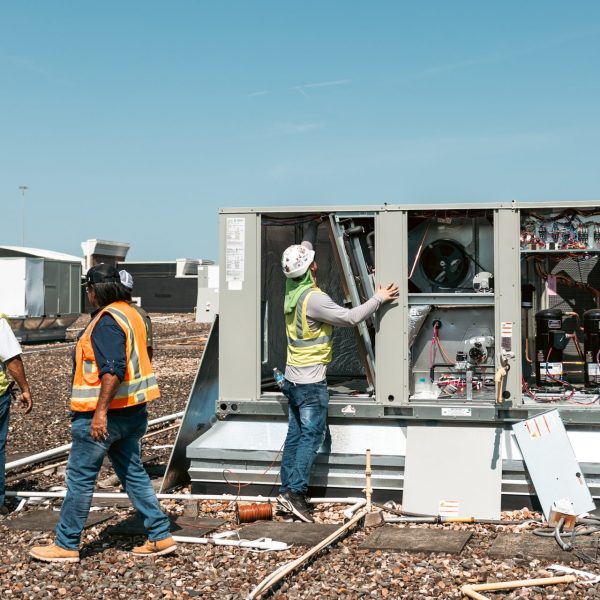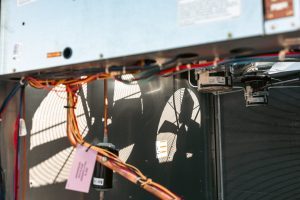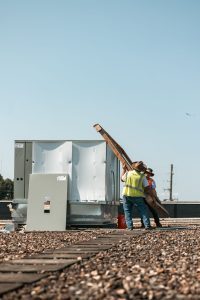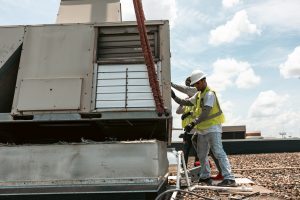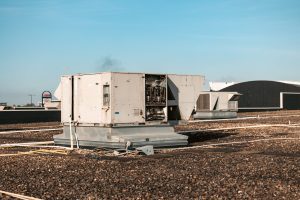Get A Quote Today Call Now How...
Read MoreAir Conditioning & Heating is relationship-oriented, making it possible for our customers to believe in our product and AC services. Try to give us a call to arrange for a scheduled appointment; therefore, we can help you and your family stay cool and comfy all year round. Our clients gain from our analysis technicians who will recognize issues and solve them correctly the first time. As a recognized business with an established performance history, we always strive to offer specialized products, solutions, and services to our increasing consumer base.

